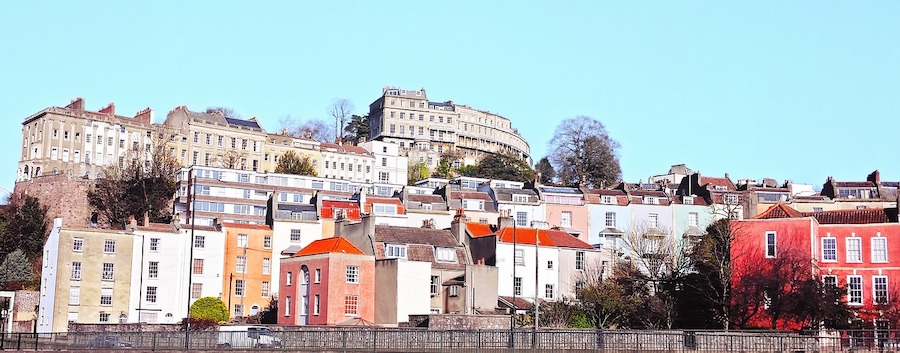Affordability
The subject of this month’s market overview is the affordability of housing and the impact of affordability on the private rented sector.
The average affordability ratio (the ratio between average house prices and average annual wages) in the UK is 6.7. This is higher than the typical loan to income ratio for a residential mortgage of around 4 and while there has been some improvement in affordability for buyers many buyers will need a large deposit to cover the difference.
The Times Bricks and Mortar property supplement recently reported that across the UK as a whole the year on year average increase in house prices was 0.9% while average total pay in June was 3.7% higher than in June 2018.
However according to the latest edition of Zoopla’s latest UK Cities House Price Index the average house price in London is still relatively high at around 13 times the average salary. In Oxford and Cambridge average house prices are 12 times average salaries while Bournemouth, Southampton, Portsmouth and Bristol have affordability ratios between 7.5 and 9. 7.
Average house prices in the North of England and the Midlands vary from around £125,000 to £180,000 and average wages in some of lowest paid towns are around £22,000 per annum.
With an average loan to income ratio of around 4 the highest mortgage available would be around £88,000. Even in the areas where house prices are low many buyers will need a large deposit to buy a house although some will benefit from Help to Buy.
Richard Donnell, Research and Insight at Zoopla commented “while we welcome the fall in affordability ratios the gap between earnings and house prices needs to close further in order to make a material difference to would be home purchasers.”
Until affordability ratios converge to the point where house purchase becomes feasible for lower paid workers, BTL investors will continue to have a wide range opportunities for new investment.


Leave a Reply